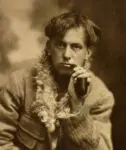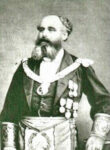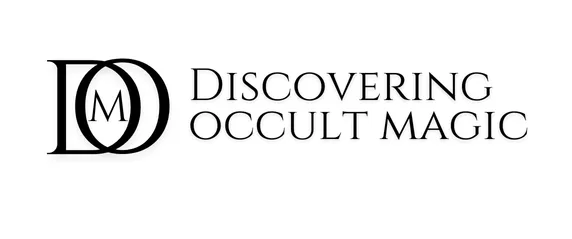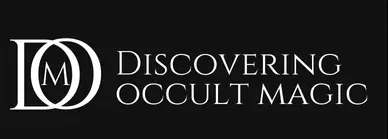Introduction
When you hear the phrase secret society, it may conjure images of robed figures, flickering candlelight, and cryptic symbols, and in the case of the Hermetic Order of the Golden Dawn, you’re not far off. Long before modern Wiccans lit their first ritual candles or TikTok witches posted spellwork tutorials, the Golden Dawn was shaping what would become the bedrock of Western occult tradition.
Founded in the late 19th century, this unique esoteric order blended Victorian intellectualism with mystical practice, crafting a spiritual path that was as rigorous as it was revelatory. If you’ve ever used elemental correspondences in your magic, followed the Qabalistic Tree of Life, or performed a ceremonial ritual, then you’ve likely felt the Golden Dawn’s lasting influence. In this post, we’ll trace the origins, teachings, and ongoing legacy of the Order that helped define modern magical practice.
Origins and Founding
The story begins with three British Freemasons: William Wynn Westcott, Samuel Liddell MacGregor Mathers, and William Robert Woodman. Westcott, a learned esotericist, claimed to have decoded a set of cryptic papers known as the Cipher Manuscripts. These outlined a system of magical initiation and teachings that would become the blueprint for the Golden Dawn.
More than a curiosity of the occult, the Golden Dawn was an ambitious attempt to organise mystical knowledge into a progressive structure. Part mystery school, part spiritual experiment, it invited seekers into a structured path of self-transformation.
Structure and Teachings
Unlike loosely organised magical circles, the Golden Dawn featured a well-defined hierarchy, complete with grades, initiation rituals, and an extensive curriculum. Think of it as a mystical university, with each level requiring committed study and practice.
Students were expected to learn astrology, Hermetic Qabalah, alchemy, ceremonial magic, geomancy, and the tarot, often in parallel. Each grade unlocked deeper layers of the tradition. This was not magic for the lazy or casual, it demanded dedication, memorisation, meditation, and consistent inner work.
In truth, initiation was not merely ceremonial. It marked a spiritual milestone, reflecting inner development as well as outer knowledge.




Internal Conflict and Decline
Of course, no mystery tradition is without its share of earthly drama. Tensions rose as differing personalities and visions clashed. The entry of the controversial figure Aleister Crowley added fuel to the fire. Charismatic, brilliant, and unpredictable, Crowley’s presence intensified internal divisions, leading to schisms within the Order.
By the early 20th century, the original Golden Dawn had dissolved, though offshoots such as the Stella Matutina and the Alpha et Omega carried on its torch in varied forms.
Why It Still Matters
Despite its relatively short lifespan, the Golden Dawn left an indelible mark. Its magical framework lives on in Wicca, Thelema, modern ceremonial magic, and even in popular culture. Ritual formats, elemental tools, the Tree of Life, and visualisation practices still draw heavily from Golden Dawn material.
From Israel Regardie’s influential publications to the aesthetics of television series like The Chilling Adventures of Sabrina, the legacy of the Order persists. Anyone who has performed a banishing ritual, studied esoteric tarot, or mapped their spiritual growth onto the Qabalistic Tree owes a debt to the Golden Dawn.
Mystery Meets Method
The real genius of the Golden Dawn wasn’t just its arcane symbols or elaborate ceremonies, it was the structure it brought to spiritual pursuit. It balanced mysticism with method, encouraging seekers to work through systematic layers of understanding.
In an age increasingly lacking in sacred frameworks, the Order’s model remains a compelling blend of tradition and personal transformation.
Final Thought
The Hermetic Order of the Golden Dawn was, like many magical institutions, both brilliant and flawed. Yet its vision to create a path of inner illumination through disciplined spiritual study continues to inspire. More than a secret society, it was a lantern lit for those brave enough to seek the hidden light within.


